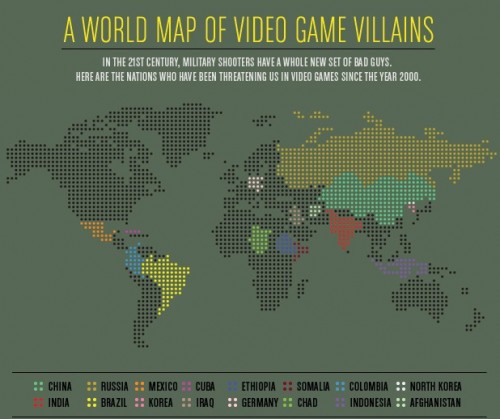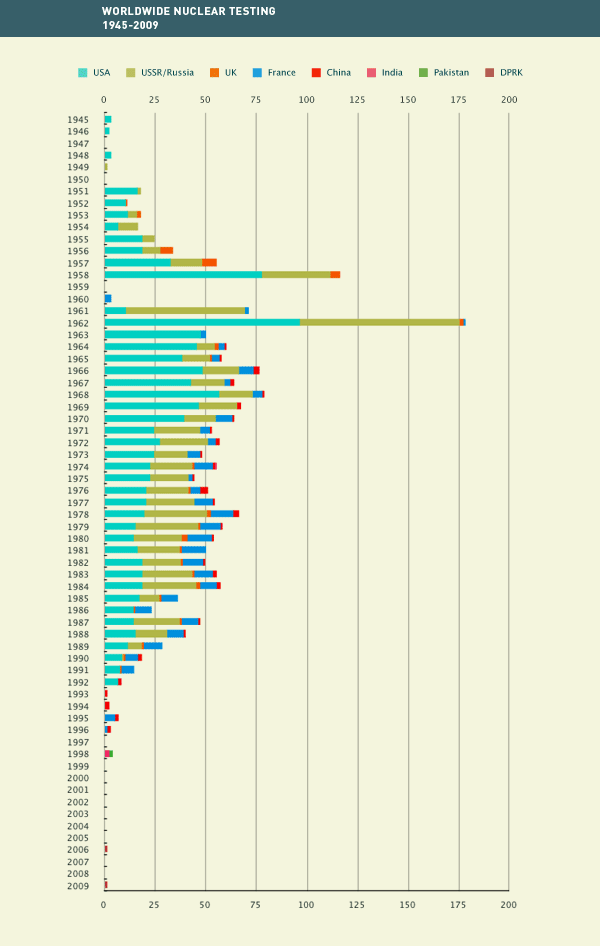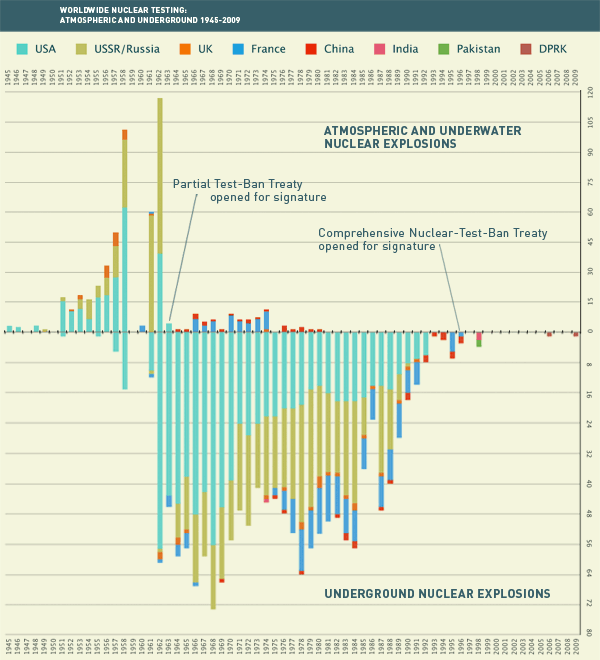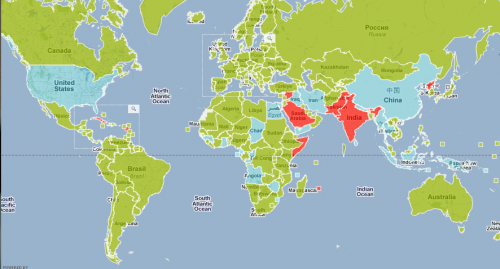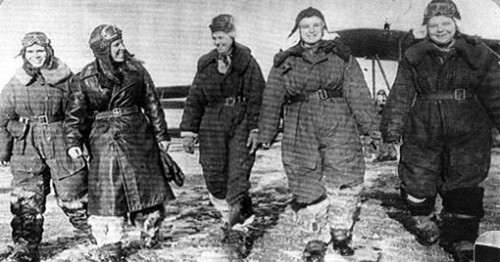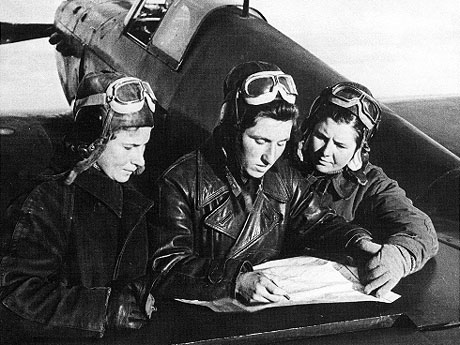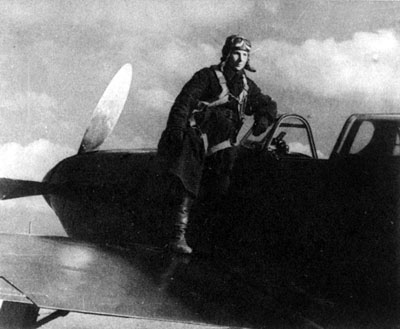We’ve posted a number of posts about cultural appropriation in fashion, particularly when it comes to Native Americans. Kristyn G. sent in a link to a story at the Huffington Post about a recent fashion show in Moscow that brings up questions about cultural appropriation of another group. The show, from St. Bessarion, included female models in hats, sidecurls, and some articles of clothing inspired by things worn by Orthodox Jews, combined with distinctly non-Orthodox items.
It’s not the first time Orthodox-inspired clothing has appeared on the runway. For instance, in 1993 Jean Paul Gaultier put together a men’s line he called Chosen People, which the New York Times says it was the first Judaism-inspired clothing line from a well-known designer. According to an article I found at Racked, “the collection ruffled quite a few feathers in the religious community, many of whom felt that Gaultier had misappropriated elements of religion in a disrespectful, frivolous manner.” It was quite the production:
Thoughts?
UPDATE: Just a quick note, since I see some confusion in the comments — the designer who recently made some horrid anti-Semitic remarks was John Galliano, not Jean Paul Gaultier.
Gwen Sharp is an associate professor of sociology at Nevada State College. You can follow her on Twitter at @gwensharpnv.

